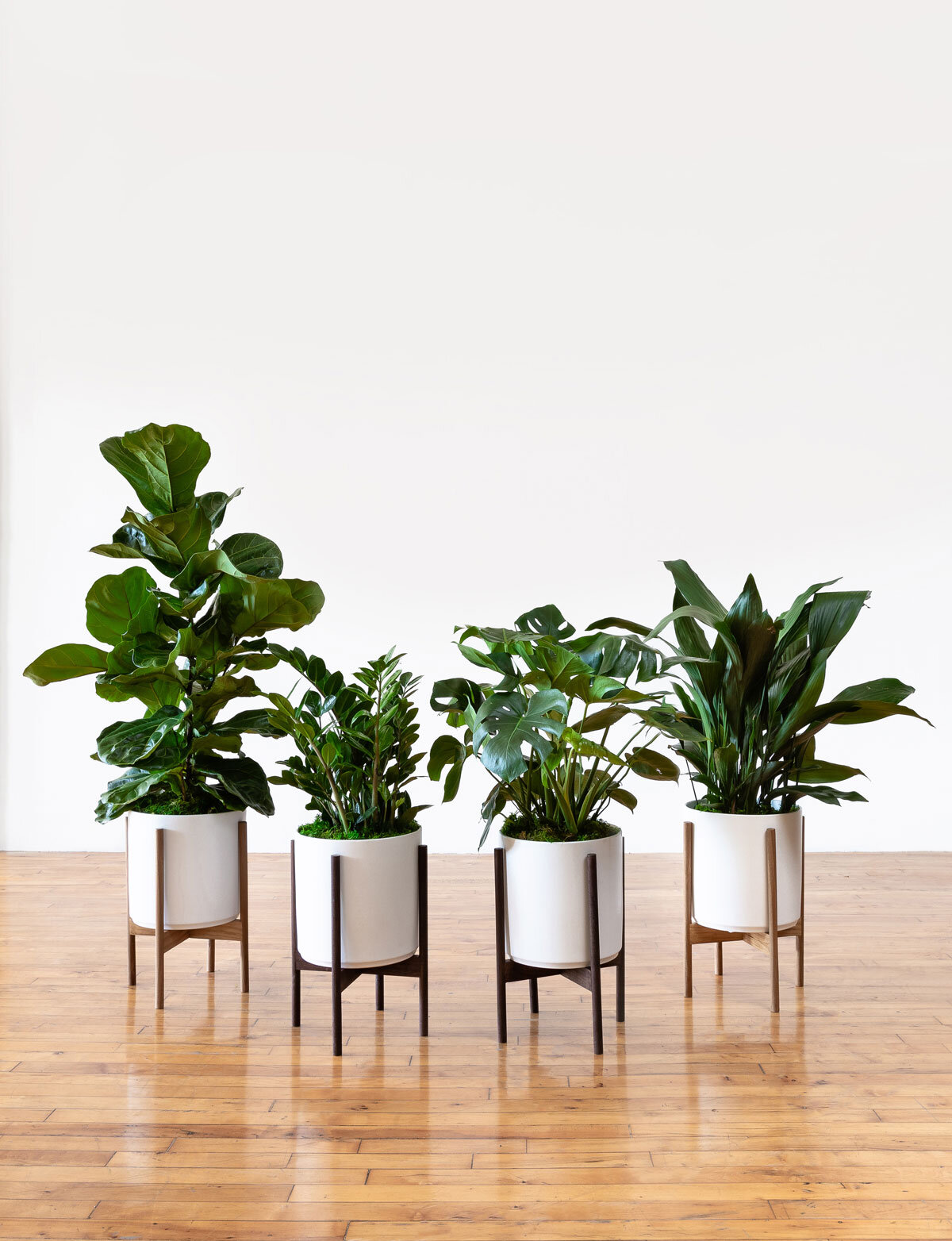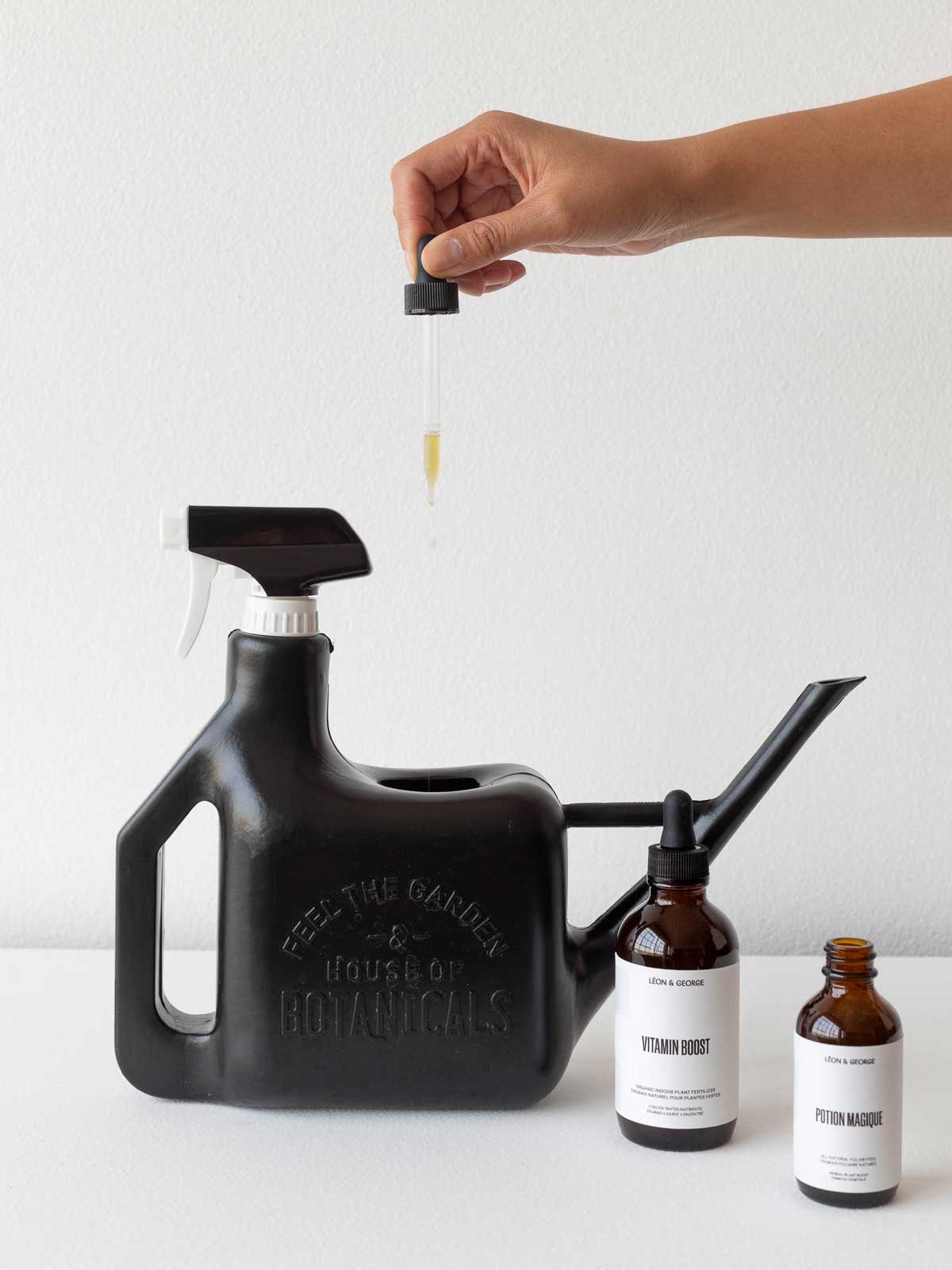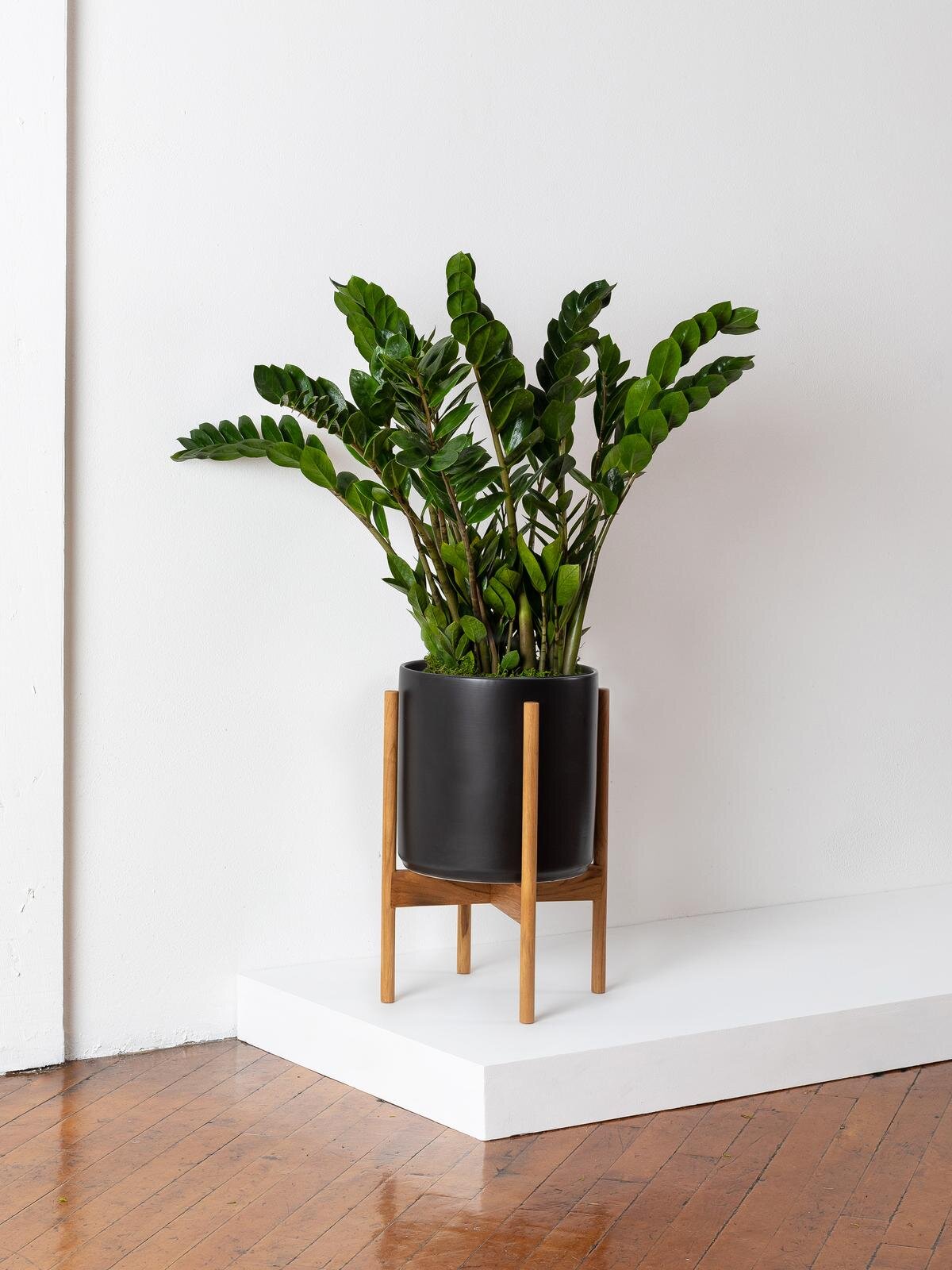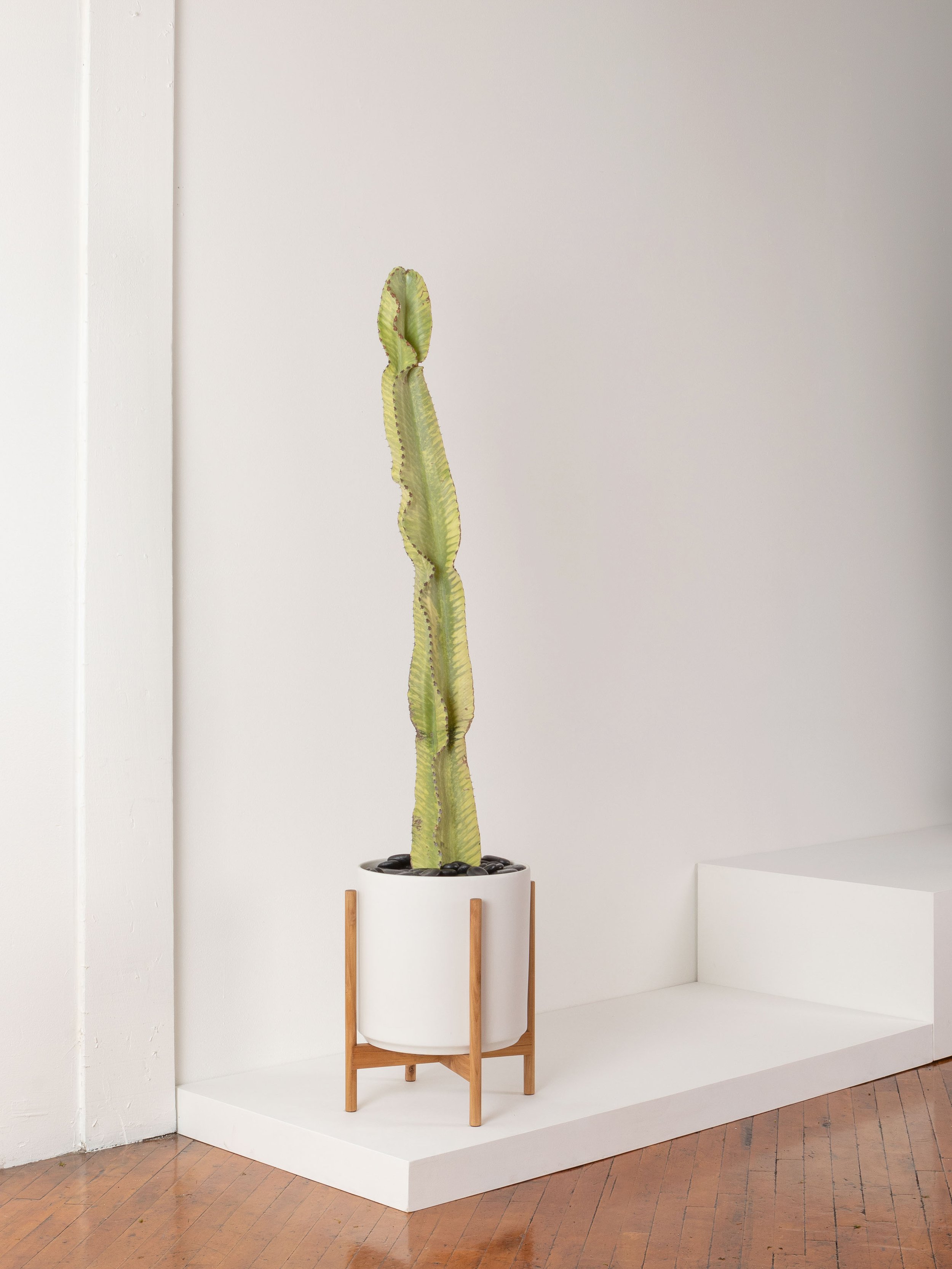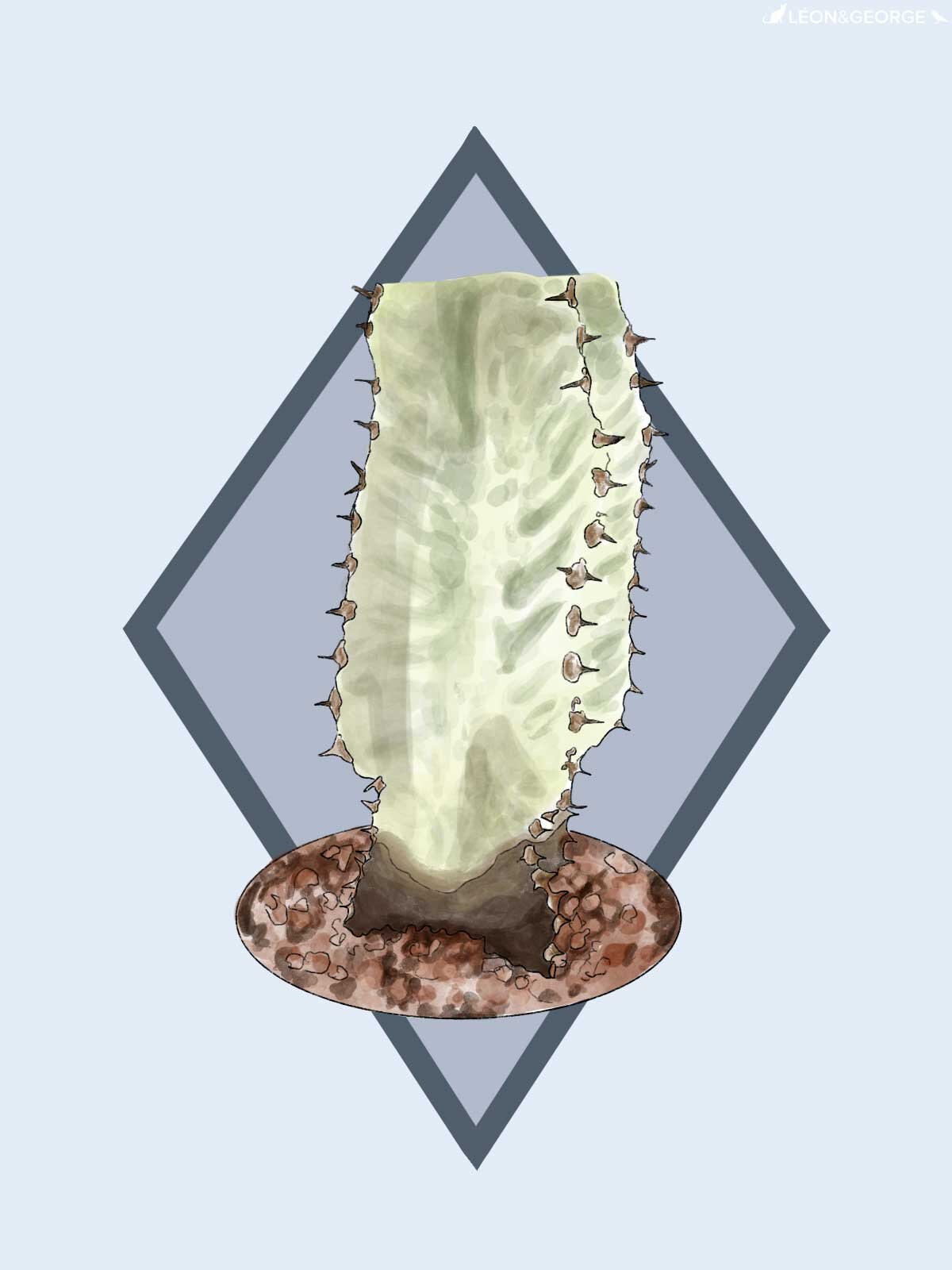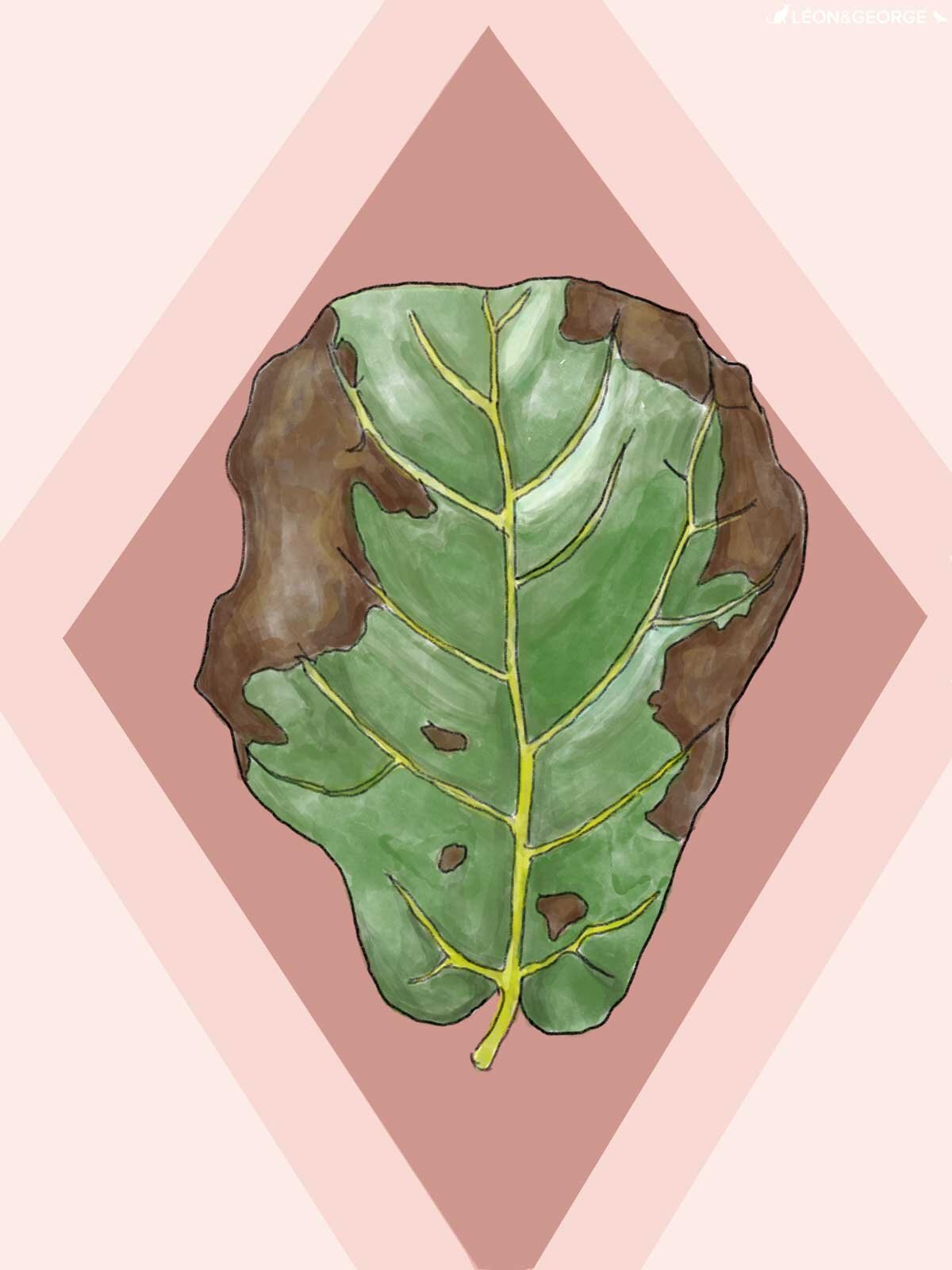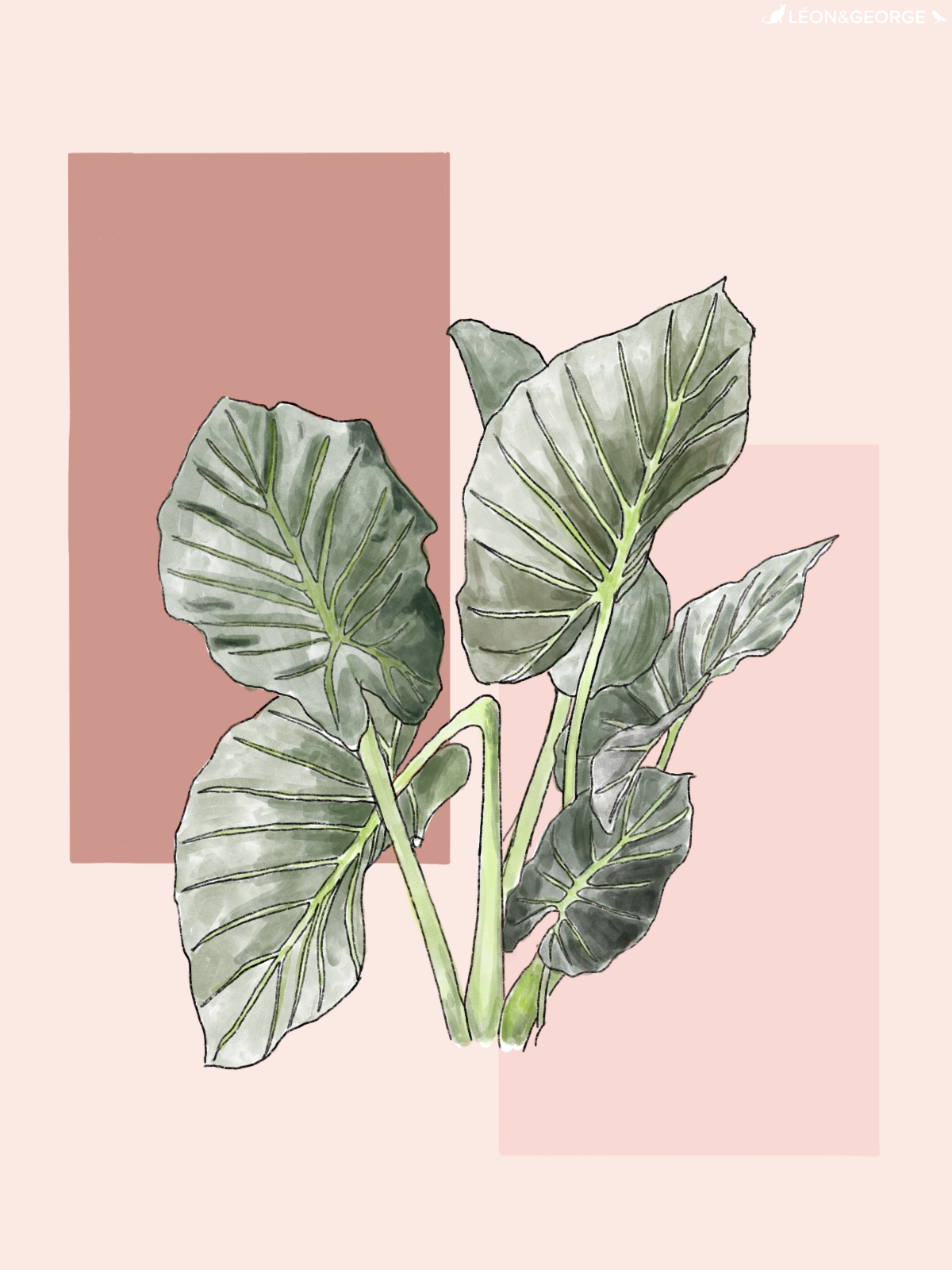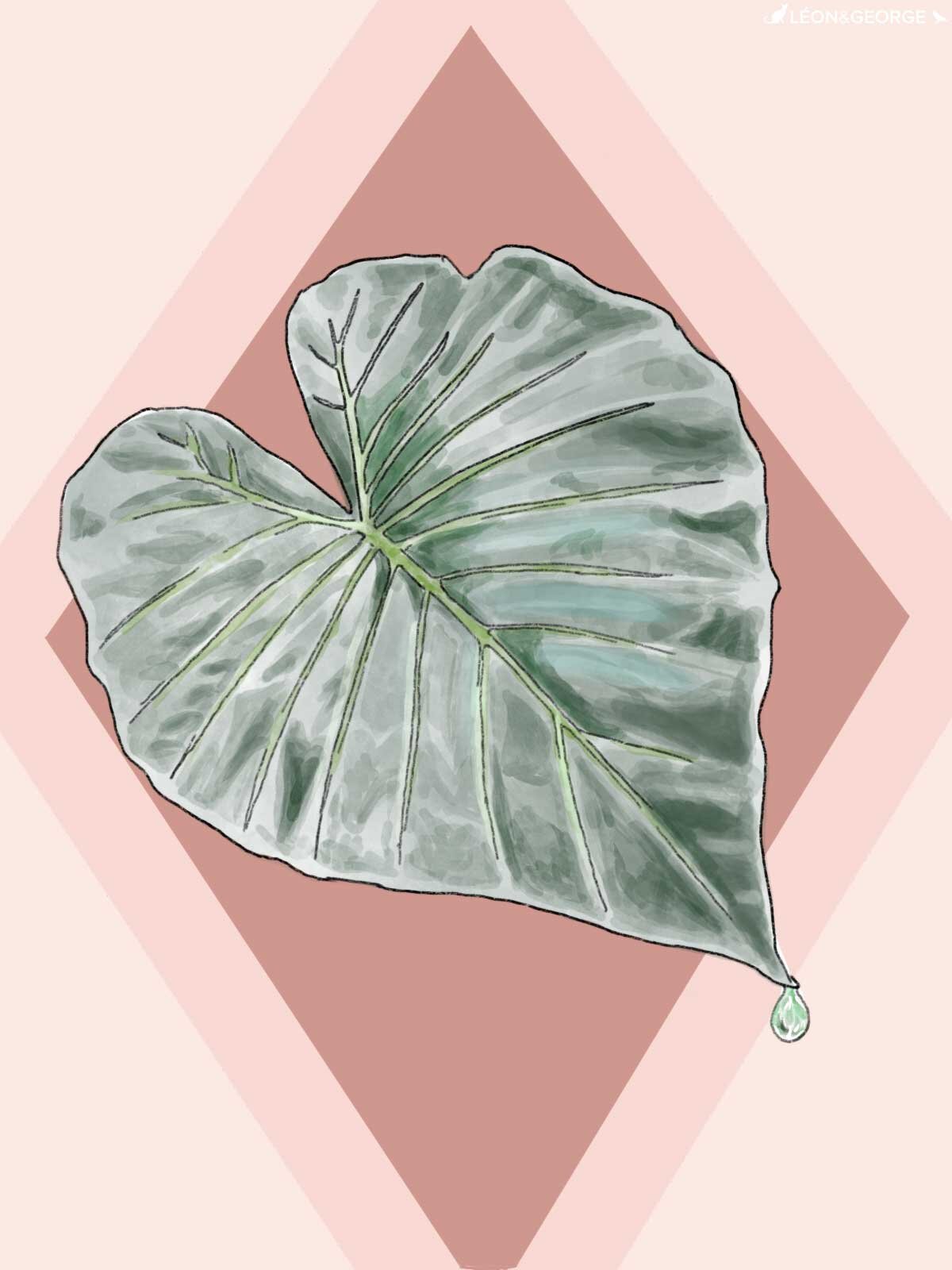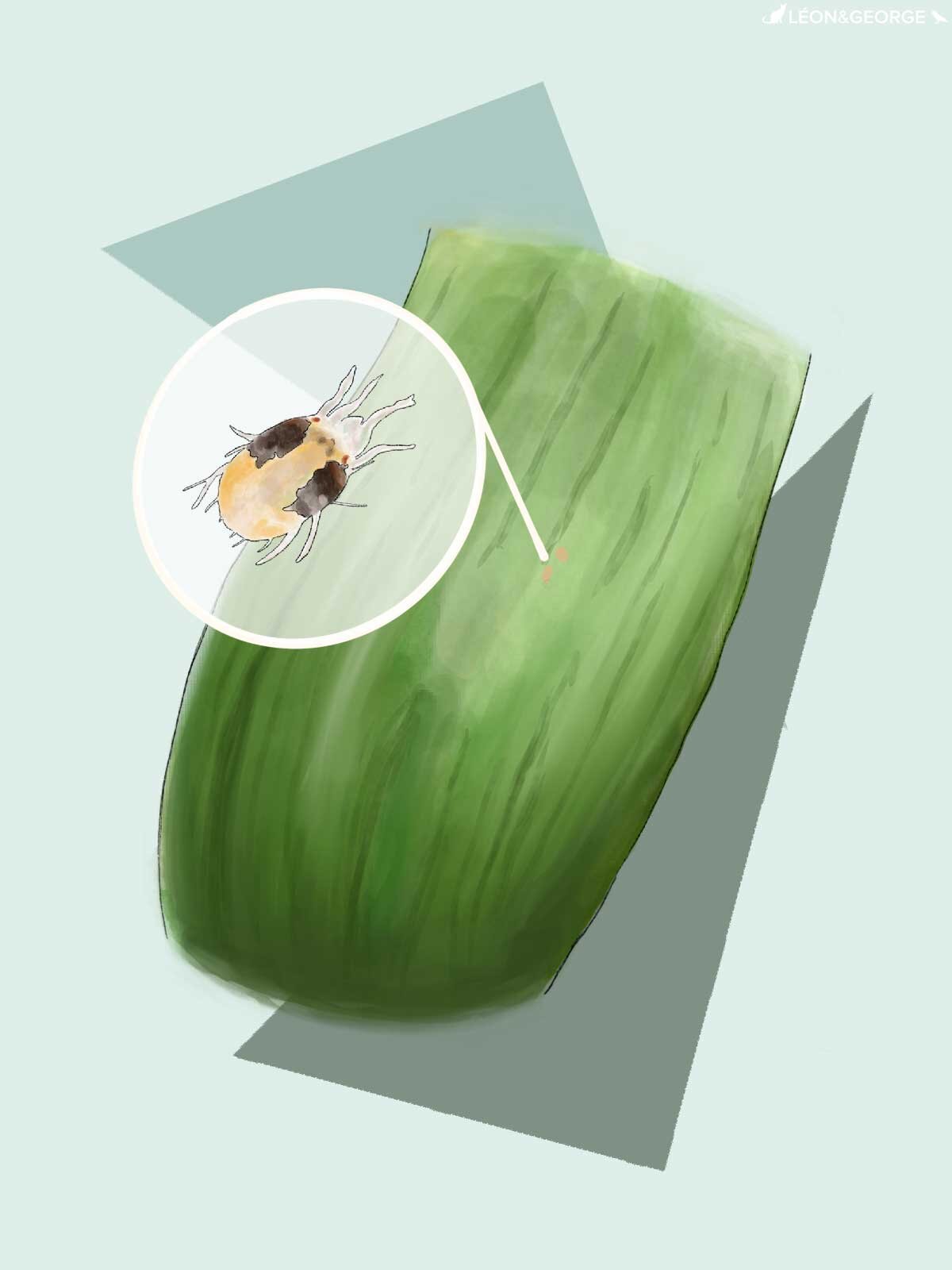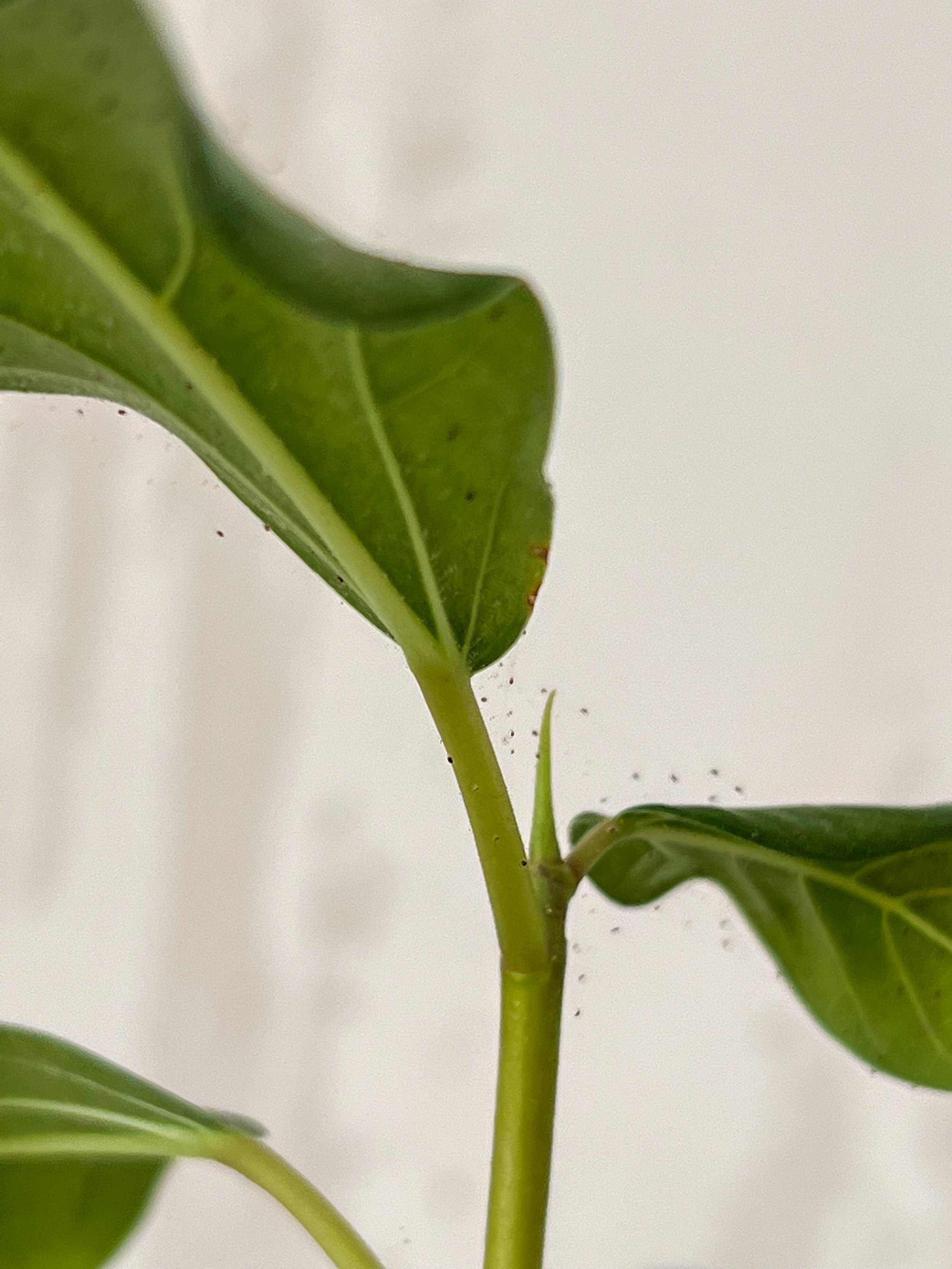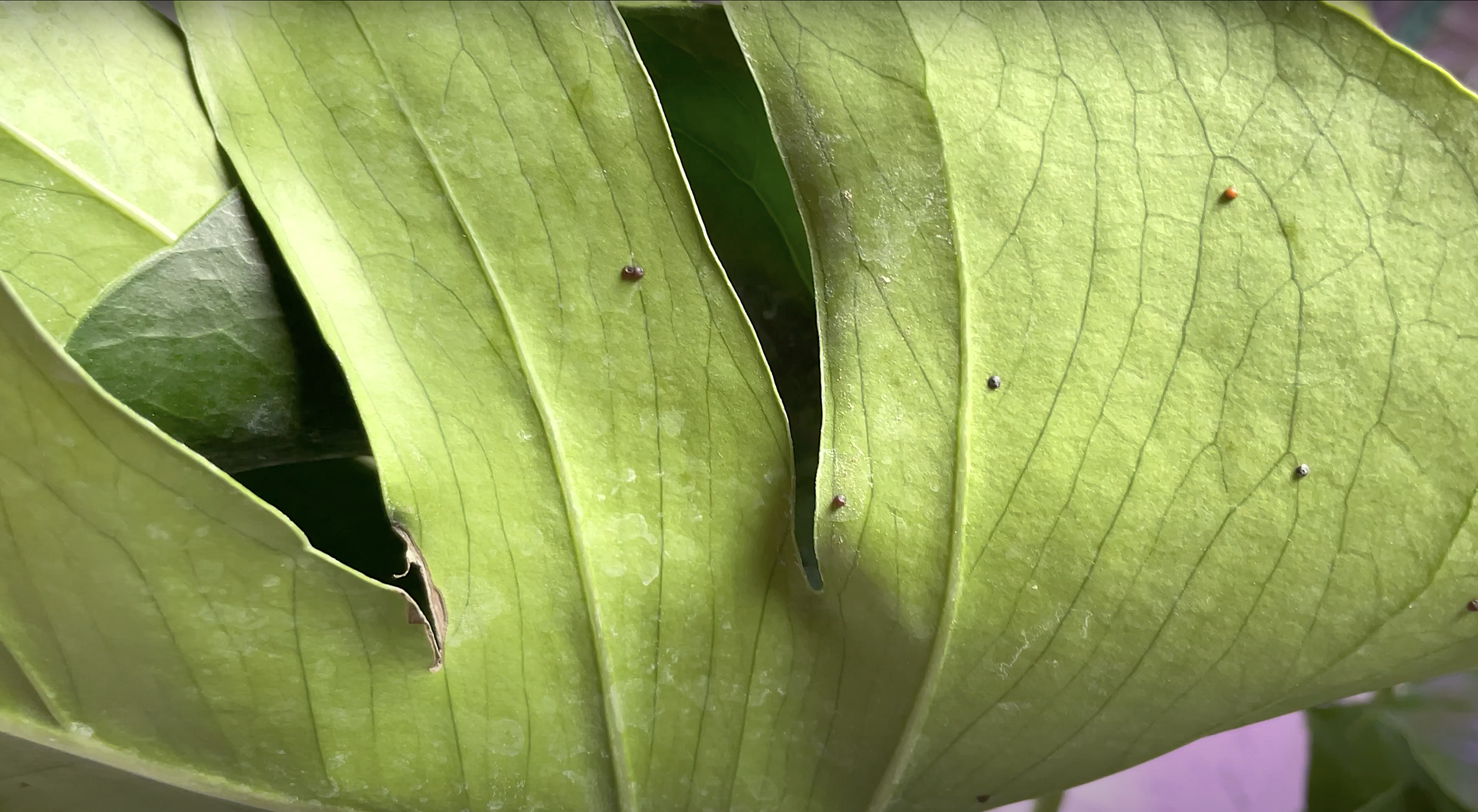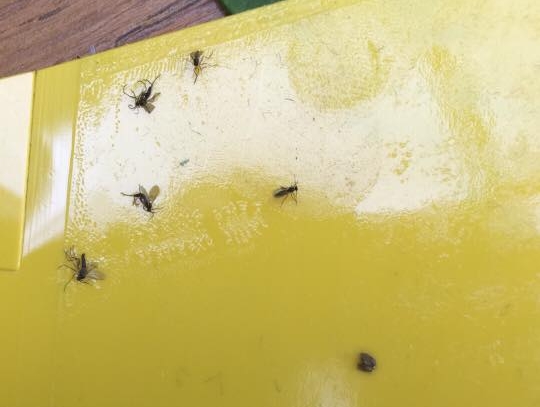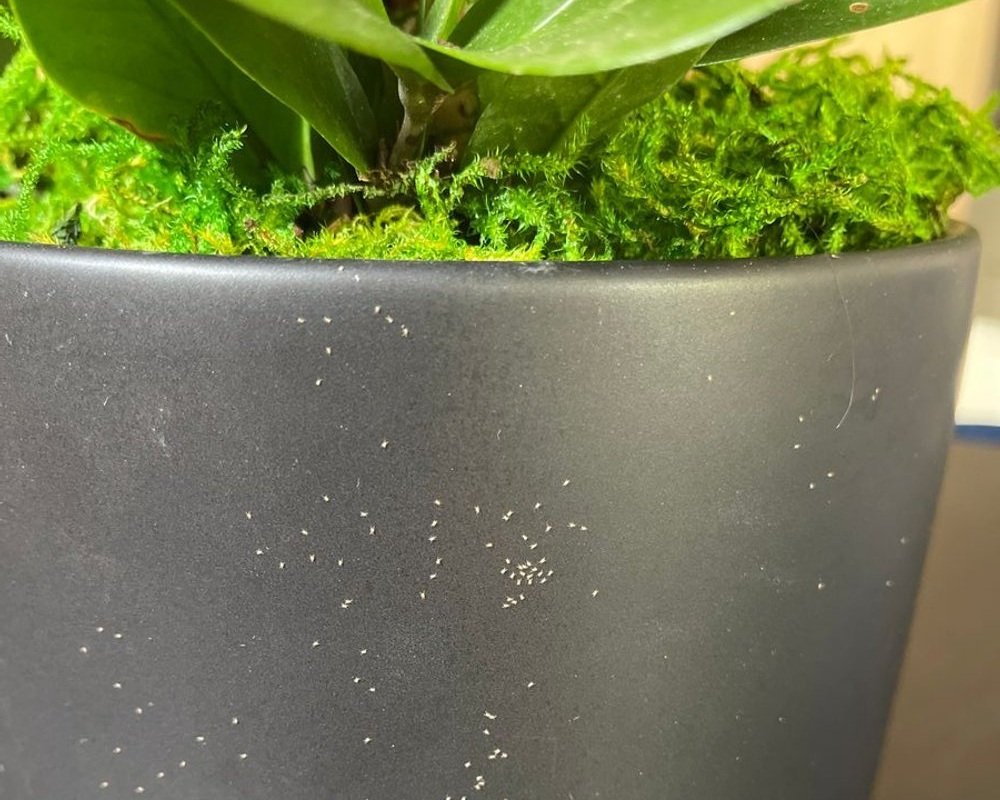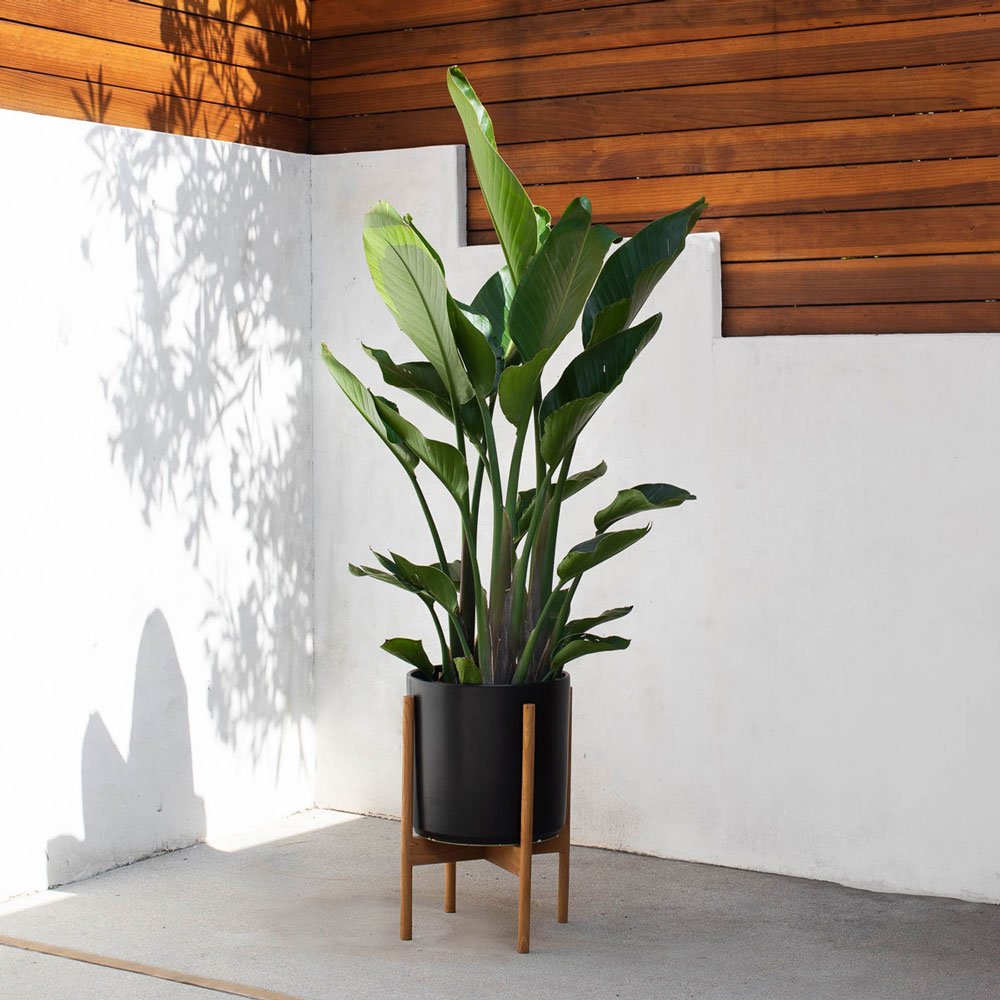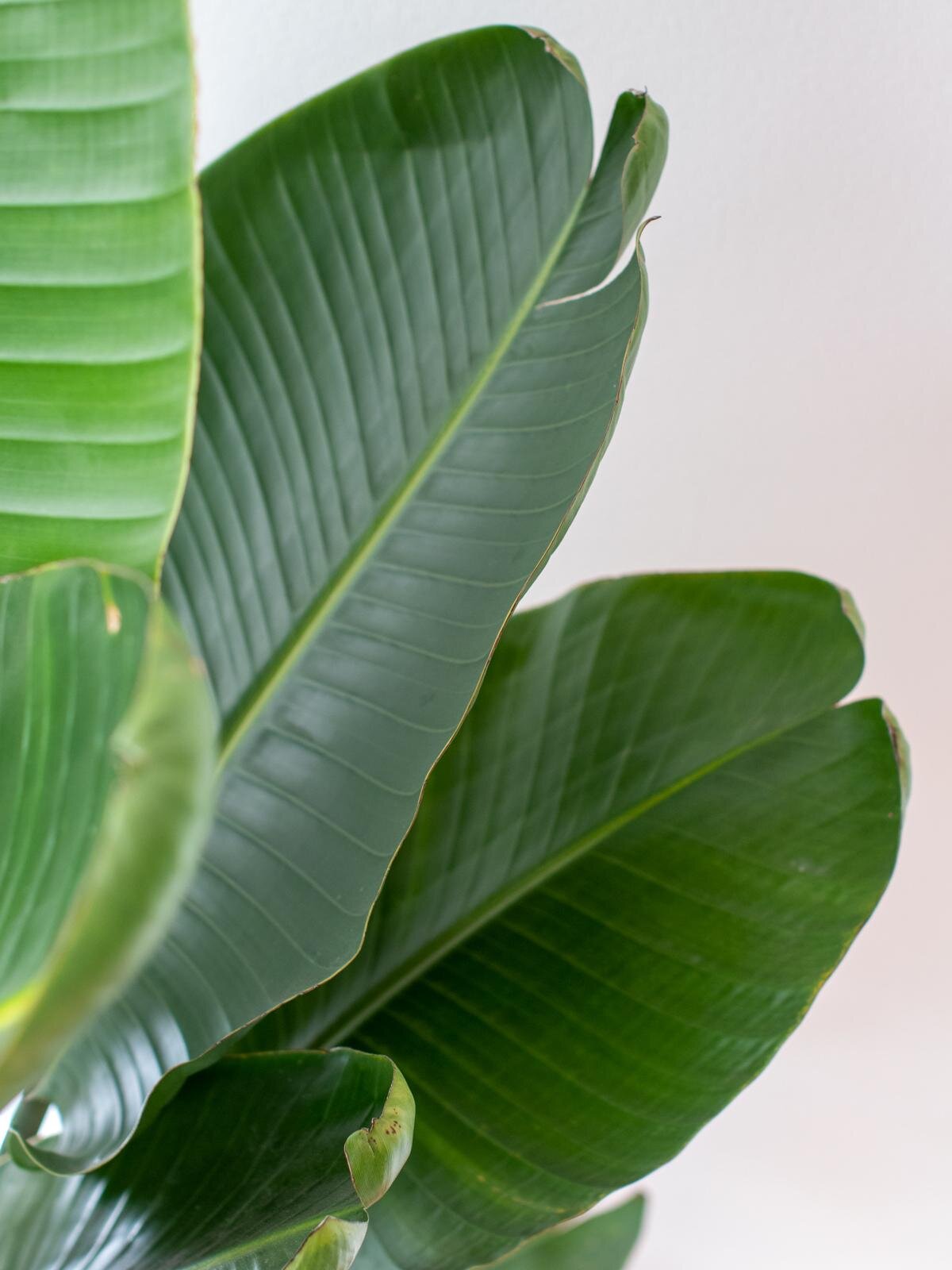Like all living creatures, plants have certain needs in order to live their best lives: they require light, water, and nutrients to thrive. While most of the nutrients come from the soil, potted plants can experience nutrient depletion over time. This is where fertilizer steps in, and is an important part of keeping your plant “well-fed” over time. But before you dive into feeding your leafy companions, there are a few important things you should know about fertilizers.
When to Fertilize
Timing is everything when it comes to fertilizing your plants. In general, you should fertilize during the growing season, which usually spans spring and summer. During these months, increased warmth and light stimulate plant growth that might slow down in the colder, darker winter. Feeding your plants with nutrients at the right time helps boost their growth.
When it comes to indoor houseplants, you might also fertilize in the fall and winter, particularly if the plant is putting out new growth. Feeding it lightly during this time will support that new growth!
What Type of Fertilizer to Use
Fertilizers typically contain three primary nutrients: nitrogen, phosphorus, and potassium, often abbreviated as NPK. These nutrients are represented by numbers on the fertilizer's packaging, such as 10-20-15 or 15-15-15, and they correspond to the percentages of N-P-K in the fertilizer. A balanced, all-purpose fertilizer usually has them in equal proportions. However, there are specialized fertilizers for specific plants, like orchids or roses, which may have different NPK ratios and additional micronutrients tailored to the plants' needs. The fertilizer's label should provide all the necessary information about its intended use. Also check out the best fertilizer for popular plants like the Bird of Paradise, Snake Plant and Fiddle Leaf Fig!
Types of Fertilizers
Liquid Fertilizer: This water-soluble fertilizer is added directly to your watering can every two weeks. Be sure to follow the label instructions carefully for accurate measurements, as overdoing it can harm your plant's leaves. The benefits of liquid fertilizer include precise control over nutrient delivery and the ability to observe your plant's reaction and adjust future feedings accordingly.
Slow Release: At the start of the growing season, incorporate slow-release fertilizer directly into your plant's soil. These fertilizers release nutrients gradually over 2-3 months, reducing the need for frequent feeding. It's particularly handy if you're planning a vacation, as your plants will receive the nourishment they need in your absence.
Recommended Fertilizers for Indoor Plants
While any indoor plant food will suffice, here are some recommended products to consider:
Boost Vitaminé Natural Plant Food: This natural plant food, with only four ingredients, is suitable for use with any indoor plant. What makes it stand out is its gentle formula, making it safe to use sparingly even in winter.
Potion Magique Foliar Feed: Ever tried foliar feeding? It might not be as effective for promoting new growth, but it increases nutrient intake through the plant's leaves. Potion Magique is a potent, all-natural foliar feed that you can incorporate into your misting routine. Plus, it smells divine!
Boost Vitaminé Natural Plant Food: The four-ingredient wonder that's gentle enough for your indoor plants, even when the winter chill sets in!
How to Fertilize Indoor Plants
Always follow the guidelines provided with your chosen fertilizer. Some come in liquid form to mix with your watering, while others are solid and can be placed in the soil or sprinkled on top. As a general rule, fertilize your plants 1-2 times per month in spring and summer. Reduce to once a month or cease fertilizing during the winter, depending on the strength of your plant food.
Remember, it's entirely possible to over-fertilize your plant, leading to "burning" or yellowing/browning of the leaf tips. Also, be aware that new commercial potting mixes often contain fertilizer, so you should wait about a month before fertilizing a newly potted plant.
Now that you're equipped with these fertilizer fundamentals, go ahead and nurture your hungry plants to ensure they flourish and thrive. Happy feeding!
Designed to Thrive
Premium plants, potted and delivered, plus lifetime access to 24/7 Plant Doctor support. Order online at leonandgeorge.com


